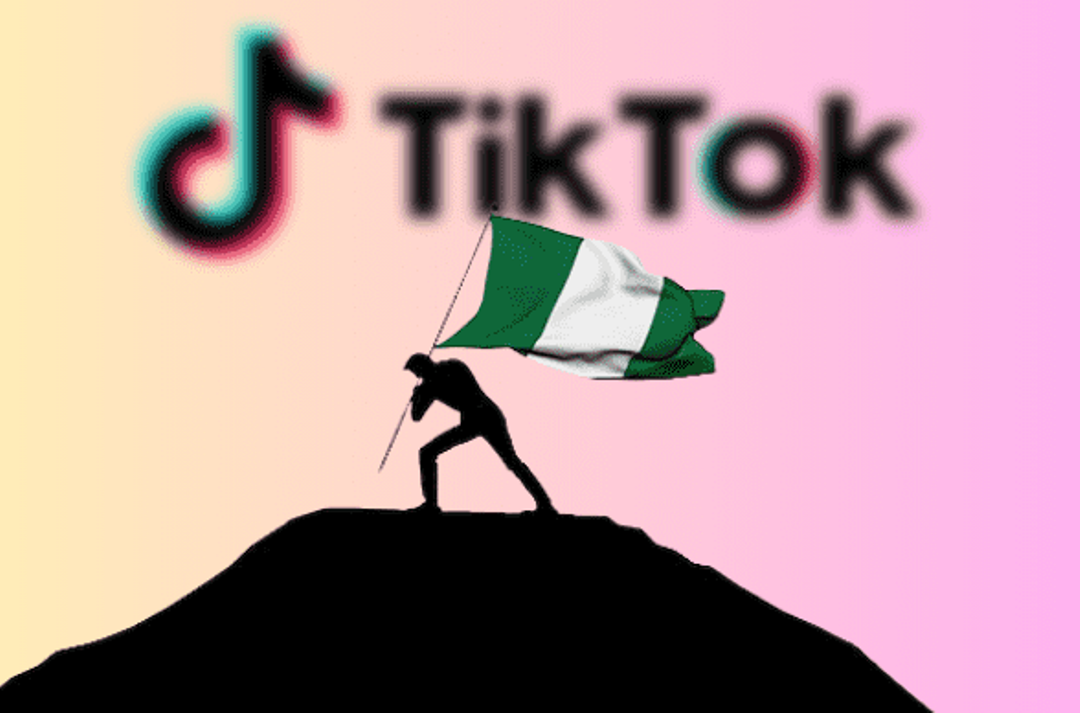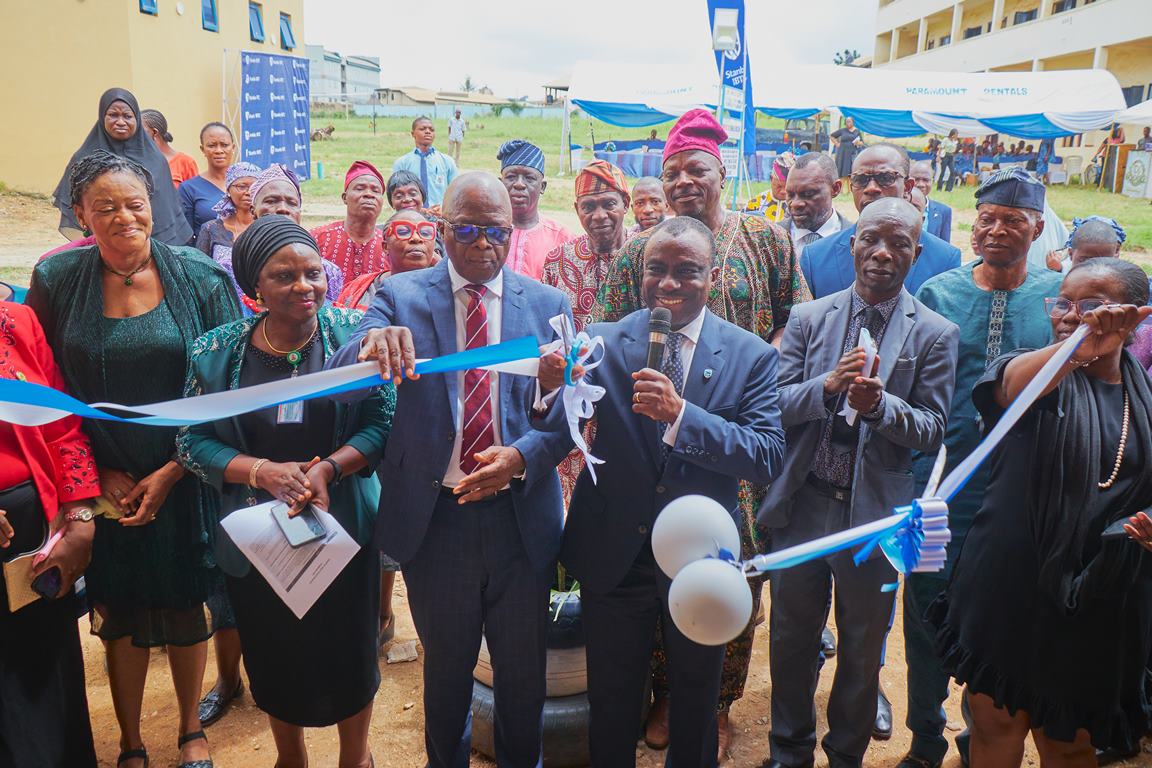Place your adverts here on InfoDig @ low rates; banner ads, sponsored links and guest articles etc. Contact us
In an era marked by uncertainty, today’s Chief Information Officers (CIOs) are tasked with navigating complex challenges akin to those faced during the 2008 financial crisis.
Geopolitical tensions, rising interest rates, and economic instability are reshaping global trade and business strategies.
As Natalya Makarochkina, senior vice president of Secure Power Division, International Operations at Schneider Electric, writes in her recent thought leadership piece, “CIOs must prioritize security, resilience, and sustainability as they digitally transform their organizations for the future.”
Sustainability at the Core of Digital Transformation
Sustainability, according to Makarochkina, is now a primary focus for CIOs. Quoting the Intergovernmental Panel on Climate Change (IPCC), she emphasizes,
“There is a rapidly closing window of opportunity to secure a livable and sustainable future for all.”
Currently, data centers and transmission networks account for only 1.5% of global energy demand, but this is expected to grow by 20% to 70% annually.
Therefore, CIOs must ensure that their entire digital infrastructure—from the frontline sensors to the cloud—is energy efficient and sustainable.
Makarochkina highlights Schneider Electric’s role in this space, noting,
“Through our global sustainability consulting services, we not only share our own sustainability journey but also offer our expertise to help other organizations meet their sustainability goals.”
She adds that tools such as data center infrastructure management (DCIM) and environmental sustainability management (ESM) are crucial for giving CIOs the granular data they need to optimize energy usage and meet emissions targets.
Furthermore, CIOs must actively collaborate with business leaders across the organization to help them understand the tools and services available for achieving their sustainability objectives.
“The CIO is increasingly becoming the gatekeeper for green value, helping organizations combat greenwashing and implement real, measurable sustainability practices,” Makarochkina states.
The AI-Driven Supercycle and Its Challenges
AI adoption is accelerating, with Gartner predicting that by 2026, 80% of enterprises will have deployed generative AI applications.
Makarochkina points out that while AI offers significant benefits—including improved productivity, enhanced customer experiences, and new product creation—it also presents new challenges.
“Enterprises must prepare for the architectural, sustainability, and security demands that come with AI, particularly in areas such as power supply, cooling, rack space, and connectivity,” she explains.
Schneider Electric has addressed these challenges in its white paper The AI Disruption: Challenges and Guidance for Data Center Design, which provides CIOs with the insights needed to leverage AI while ensuring their infrastructure can handle the increased demands.
Strengthening Cybersecurity Amid Growing Threats
Cybersecurity remains a top concern for CIOs as cybercriminals become more sophisticated, targeting specific industries such as healthcare and media. “In times of uncertainty, criminals will exploit vulnerabilities,” Makarochkina writes, referencing the rise in ransomware attacks. To counter this, she advises, “CIOs must adopt the Zero Trust Model (ZTM) of least privileged access, ensuring that users and devices are protected no matter where they are.”
As digital infrastructure grows, even traditionally non-digital equipment like plant machinery and smart UPS systems are becoming part of the attack surface. “These devices must be treated as part of the digital estate and protected just as rigorously as servers and network switches,” she warns.
Building Resilience for Future Challenges
Makarochkina also emphasizes the need for resilience. “Recent years have shown us that organizations must be resilient and agile in the face of continuous shocks,” she notes. By leveraging the right technologies, CIOs can build resilience across their organizations, empowering employees and enhancing overall efficiency.
Resilience is not just about withstanding shocks but also about remaining adaptable. CIOs who prioritize resilience will be better equipped to manage hybrid architectures and sophisticated systems, ensuring that their organizations remain competitive in a rapidly changing landscape.
A Unified Technology Vision for Digital Transformation
In her thought leadership piece, Makarochkina underscores the importance of consolidating technology stacks to drive digital transformation.
“Many organizations are moving towards a single technology vision,” she writes.
Historically, enterprises managed multiple lines of business with distinct technology stacks, but through 2024, CIOs will increasingly focus on unifying these systems to improve overall business performance.
This consolidation is crucial for maintaining momentum, especially as new technologies such as Web3 and the enterprise metaverse emerge.
Makarochkina warns, “When businesses focus on too many technology initiatives at once, they risk losing efficiency and diluting the impact of each initiative.”
Attracting and Retaining Top Talent
As the demand for tech talent grows, particularly in AI, machine learning, and automation, CIOs must ensure their organizations are attractive to skilled professionals. Makarochkina writes,
“IT professionals seek environments where technology makes their jobs easier and where they can work on fulfilling projects that make a difference.”
In addition, CIOs must also focus on developing their workforce. “CIOs must create learning pathways for employees to grow and ensure that they are equipped with the skills needed to navigate the future of work,” she advises.
The CIO Outlook: Challenges and Opportunities
Looking ahead, Makarochkina anticipates that CIOs will continue to grapple with challenges related to sustainability, security, resilience, and talent acquisition. However, she remains optimistic about their role in shaping the future.
“The CIO has emerged as one of the most valued roles in the C-suite,” she writes. “Those who can navigate the complexities of today’s digital landscape will position their organizations for success in the coming years.”

 23 hours ago
78
23 hours ago
78
















 English (US) ·
English (US) ·